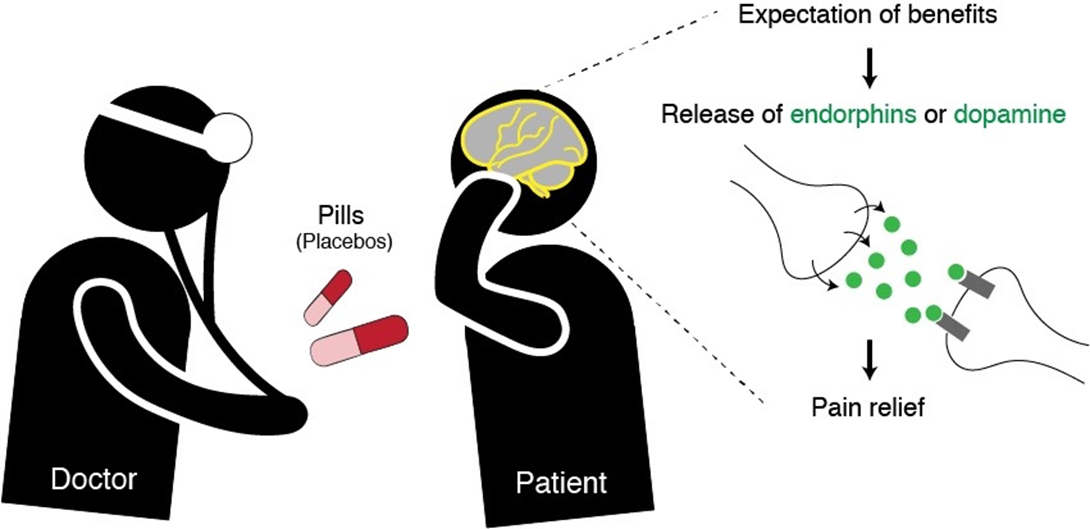The nurse is teaching a client with early osteoporosis the importance of including vitamin D with calcium supplements. Which information is most important for the nurse to provide to encourage the client's compliance in the management of progressing osteoporosis?
Avoiding the use of sunscreen is important for adequate vitamin D synthesis.
Vitamin D combined with calcium is balanced with phosphorus for absorption for strong bones.
Calcium uses vitamin D that is produced in the skin by exposure to sunshine.
Adding daily Vitamin D with oral calcium supplements promotes absorption of calcium into bone.
The Correct Answer is D
Choice A reason: Avoiding sunscreen is not recommended as it increases the risk of skin cancer; vitamin D can be obtained safely through diet and supplements.
Choice B reason: While it is true that vitamin D and calcium are balanced with phosphorus, this statement does not directly encourage compliance with supplementation.
Choice C reason: Although calcium uses vitamin D produced by sunlight exposure, relying solely on sunshine is not sufficient, especially for individuals at risk of osteoporosis.
Choice D reason: Emphasizing that vitamin D enhances calcium absorption into the bone provides a clear rationale for the client to comply with the supplementation regimen.
Nursing Test Bank
Naxlex Comprehensive Predictor Exams
Related Questions
Correct Answer is D
Explanation
Choice A reason: Application of heat and cold therapy can help manage symptoms but does not encompass the broader aspects of health promotion and teaching.
Choice B reason: Avoidance of foods containing purine is more specific to conditions like gout rather than rheumatoid arthritis, and while diet is important, it does not fully represent health promotion and teaching.
Choice C reason: Immobilization of affected joints is not a health promotion strategy and can actually worsen symptoms over time. Active and passive range-of-motion exercises are recommended instead.
Choice D reason: Prevention through nutrition and exercise is the most comprehensive approach that aligns with health promotion and teaching for clients with rheumatoid arthritis. It includes educating clients on a balanced diet and physical activity to manage symptoms and improve overall health.
Correct Answer is B
Explanation
Choice A reason: Telling the charge nurse and refusing to administer the placebo could be seen as insubordination and does not address the ethical concerns associated with placebo use.
Choice B reason: Discussing ethical concerns with the healthcare provider is the most appropriate action as it addresses the potential breach of patient trust and informed consent associated with placebo use.
Choice C reason: Administering the placebo as prescribed without addressing the ethical implications could compromise the nurse's professional integrity and the patient's trust.
Choice D reason: Informing the client that a placebo was prescribed could undermine the treatment plan and the provider-patient relationship, potentially causing harm to the client.

Whether you are a student looking to ace your exams or a practicing nurse seeking to enhance your expertise , our nursing education contents will empower you with the confidence and competence to make a difference in the lives of patients and become a respected leader in the healthcare field.
Visit Naxlex, invest in your future and unlock endless possibilities with our unparalleled nursing education contents today
Report Wrong Answer on the Current Question
Do you disagree with the answer? If yes, what is your expected answer? Explain.
Kindly be descriptive with the issue you are facing.
